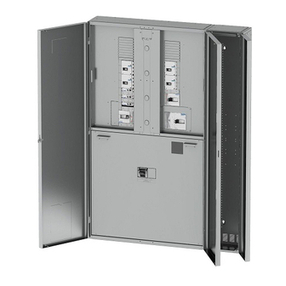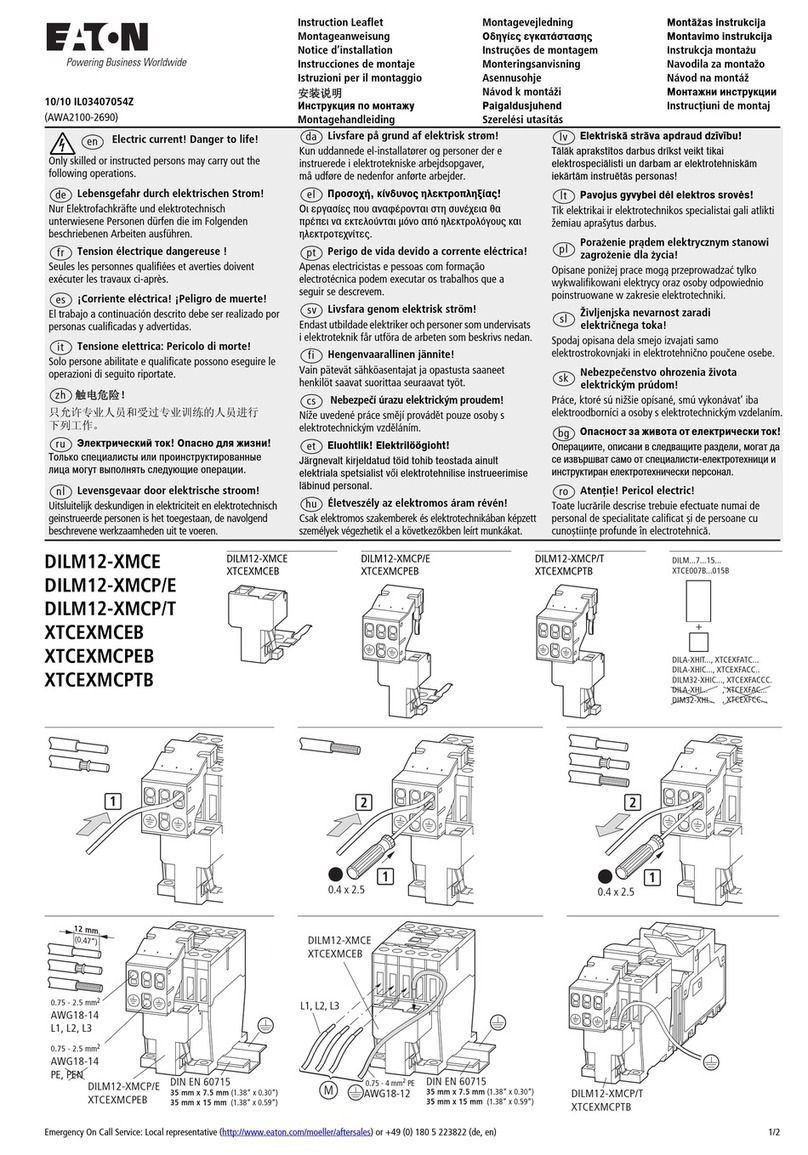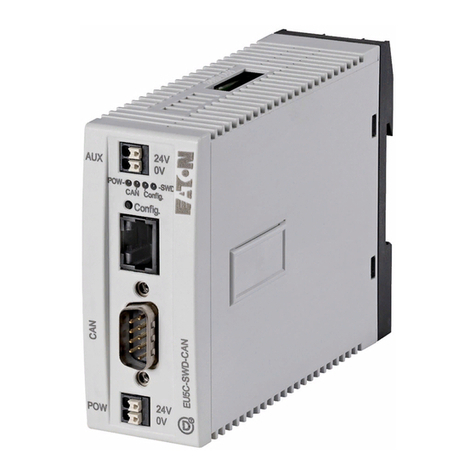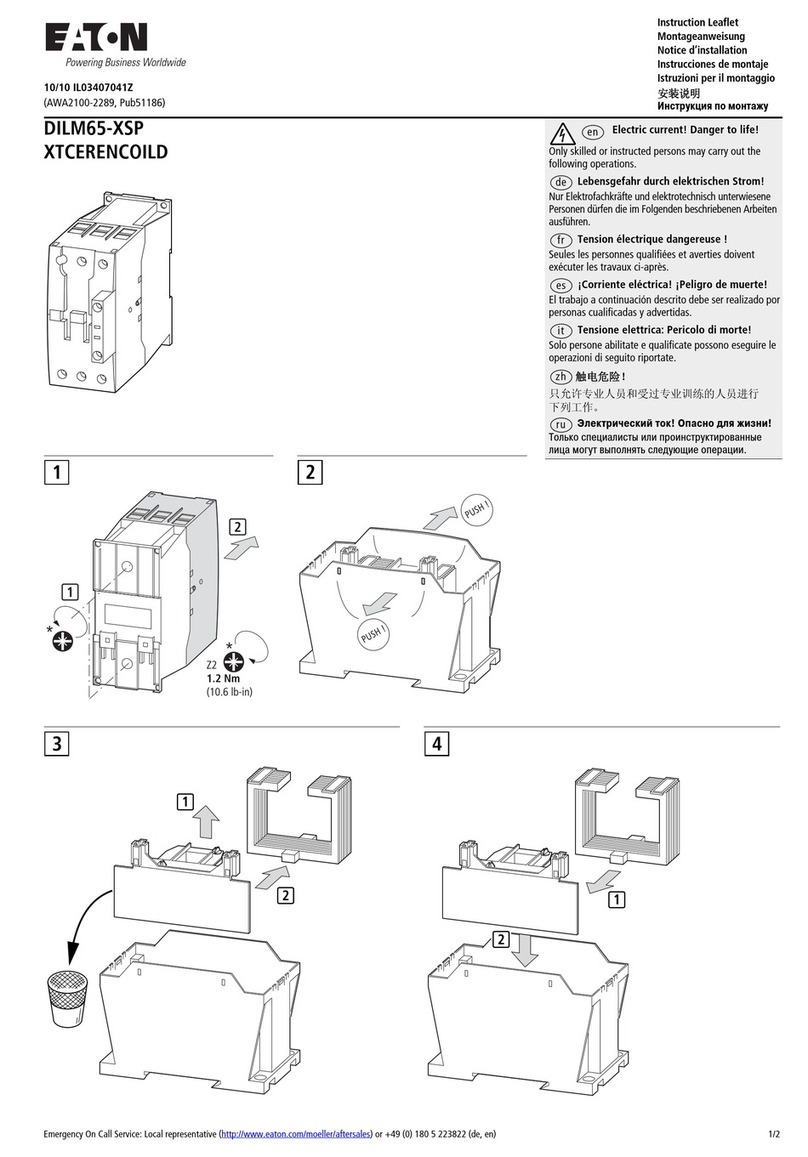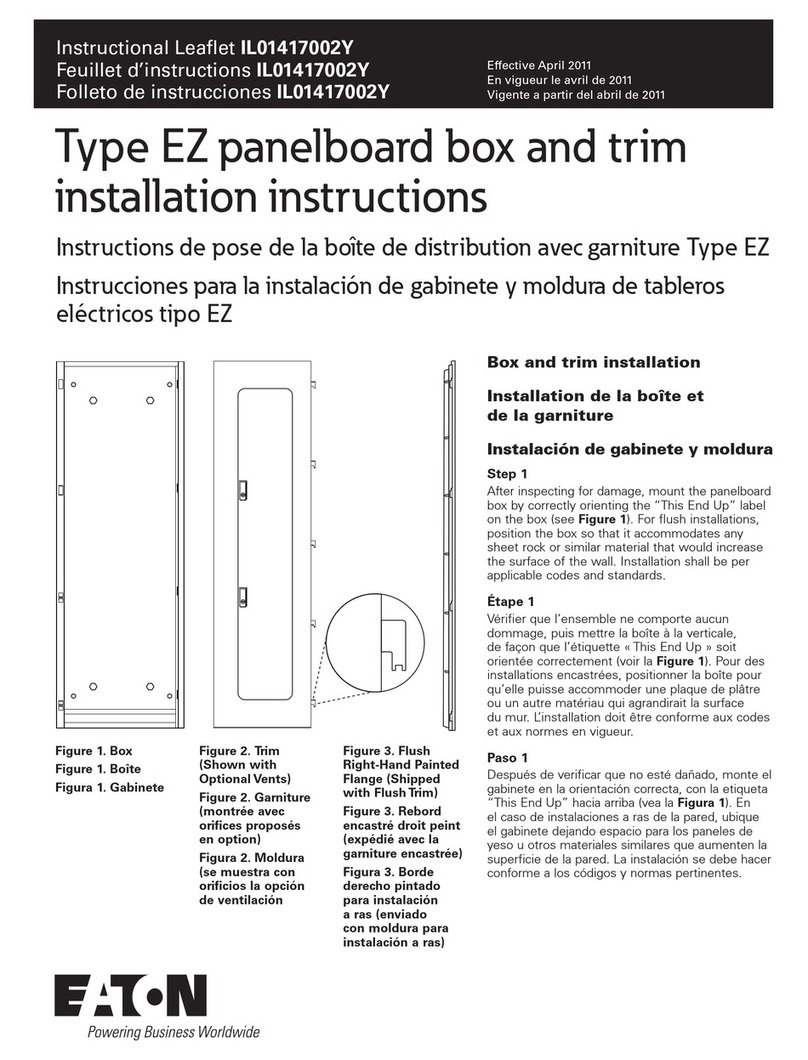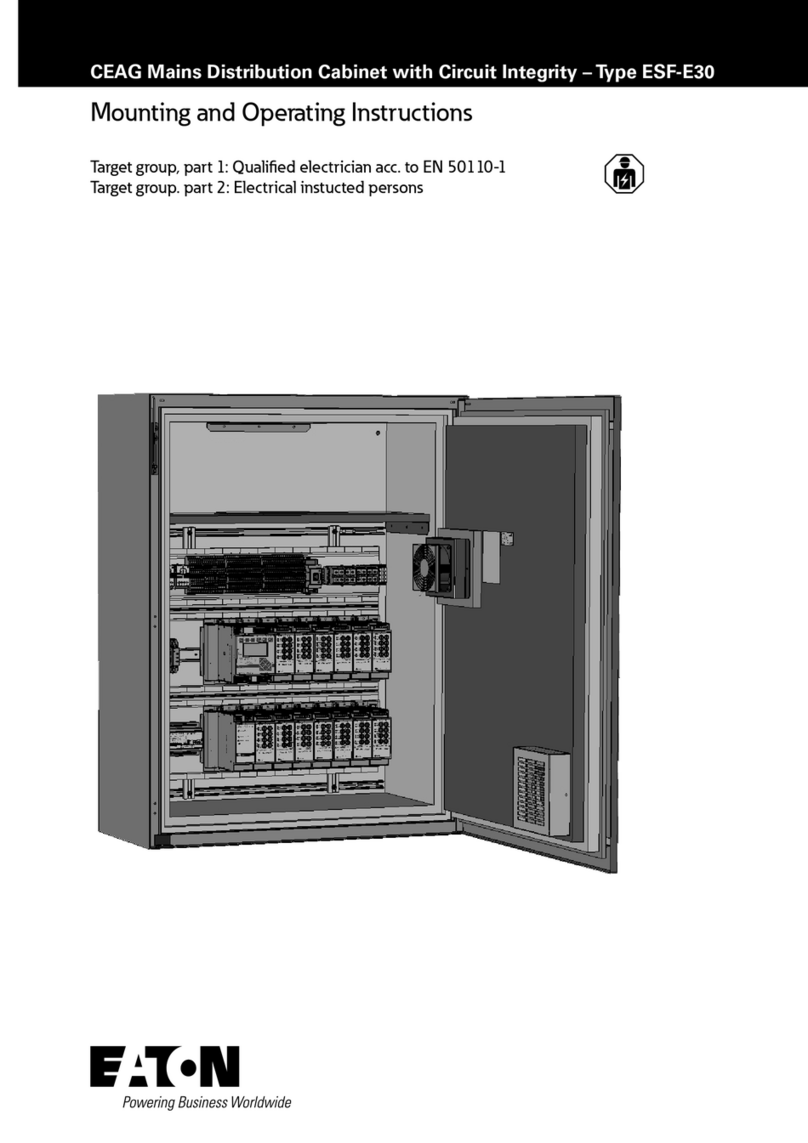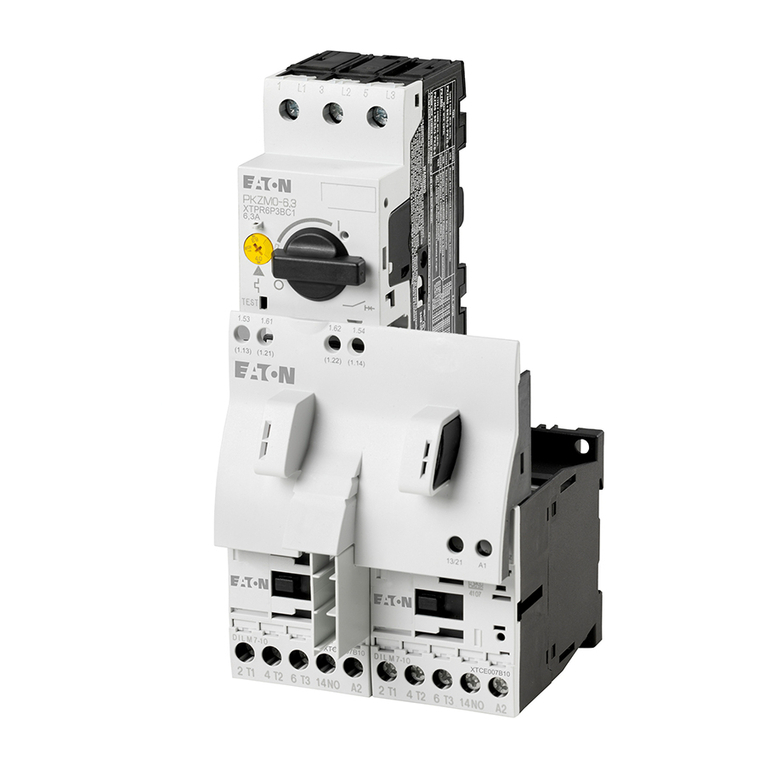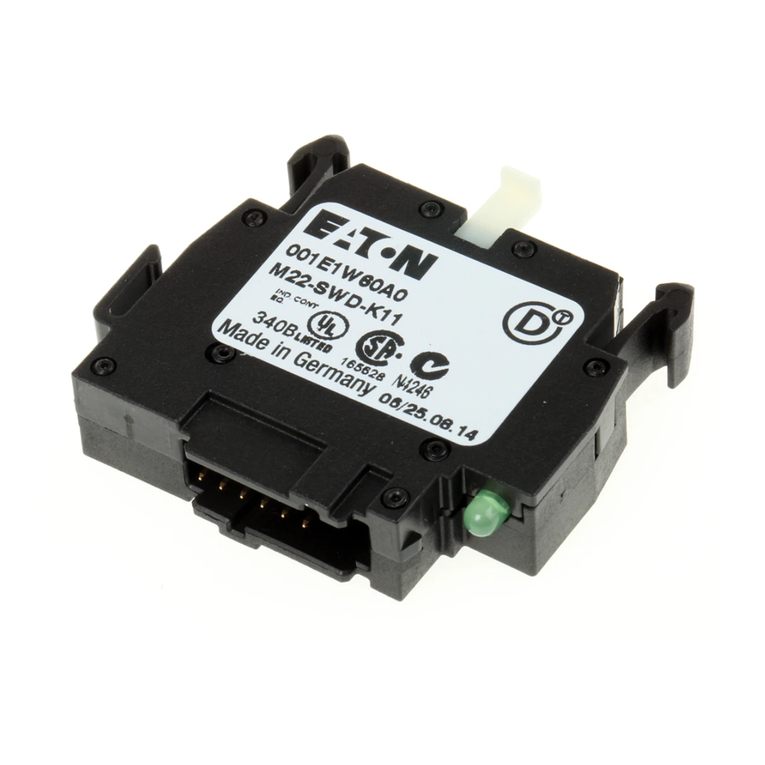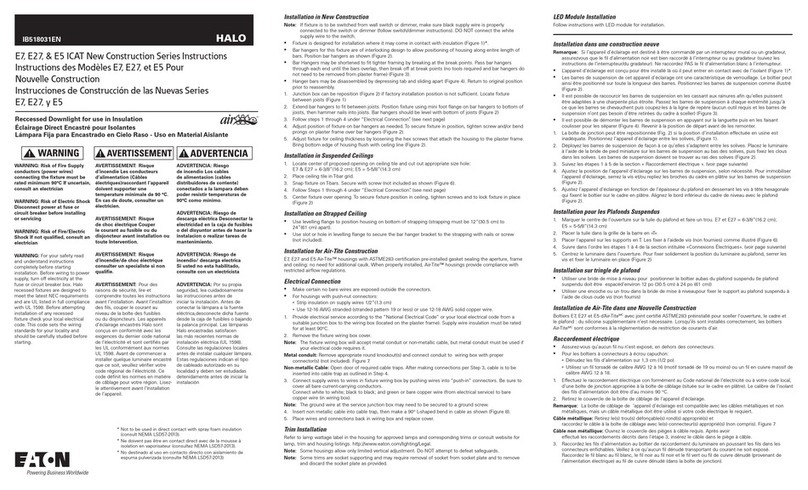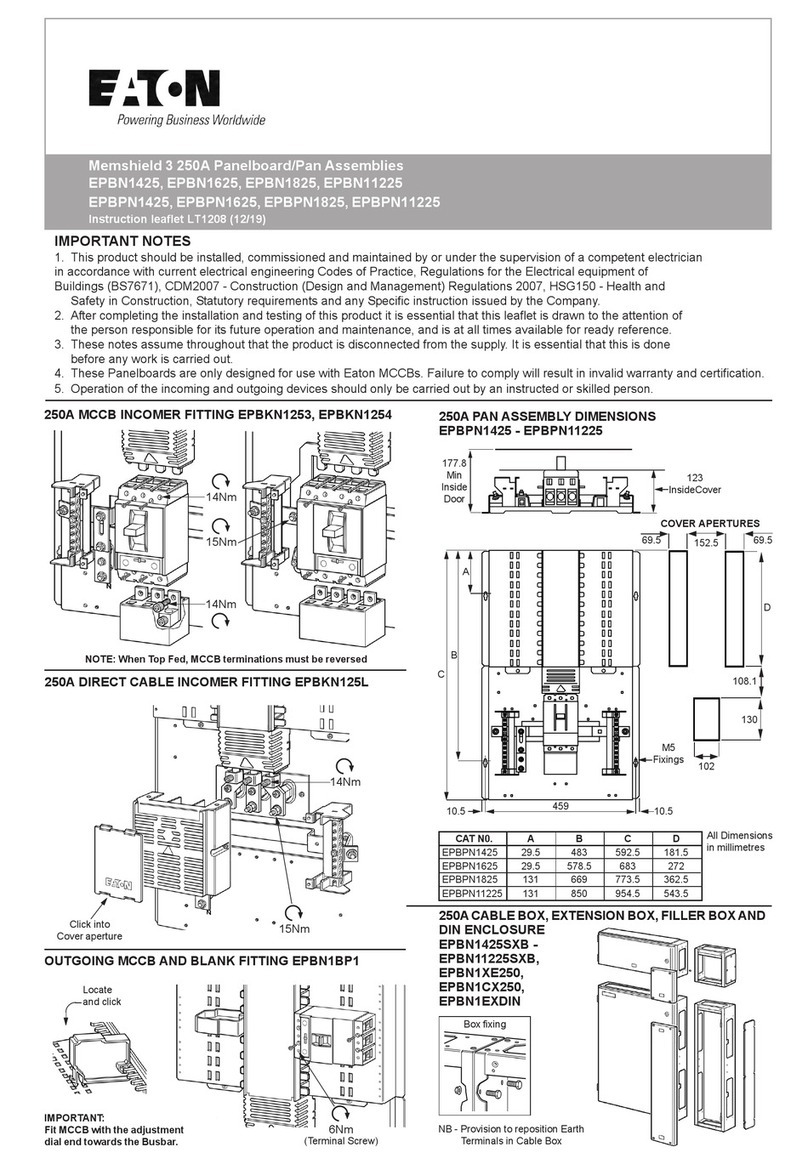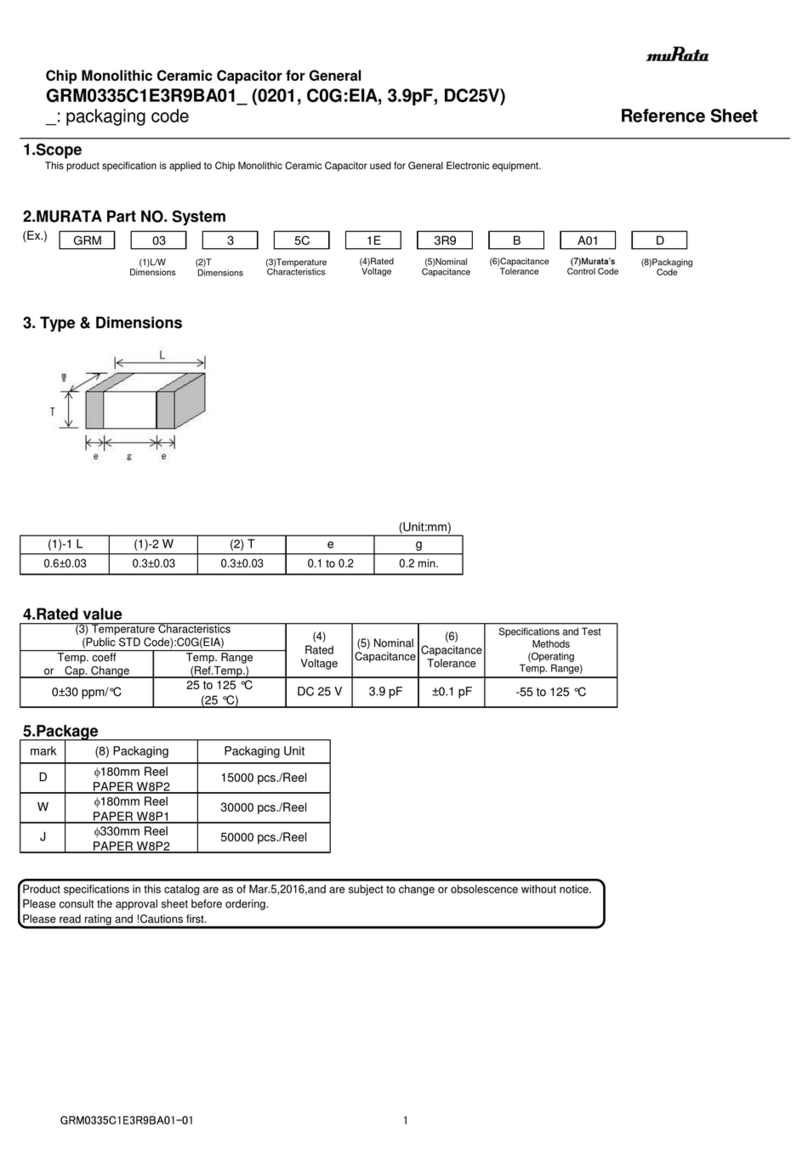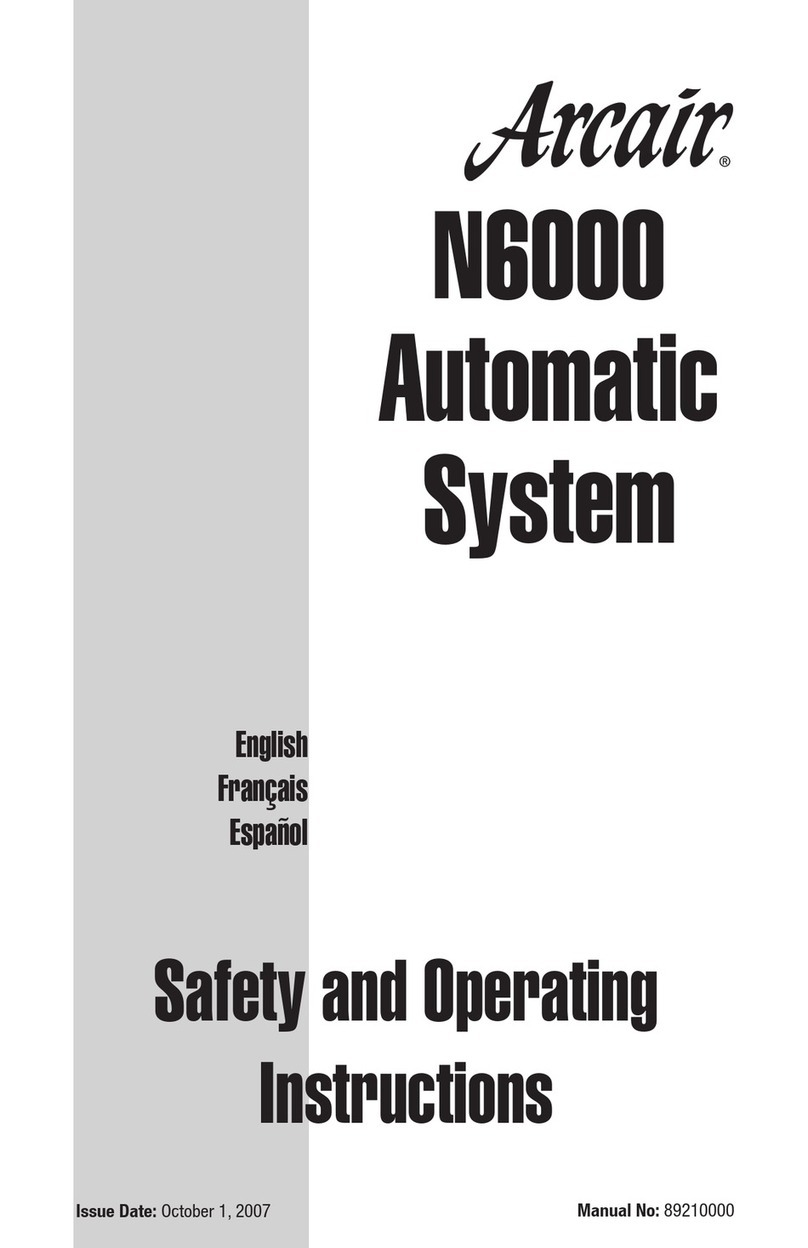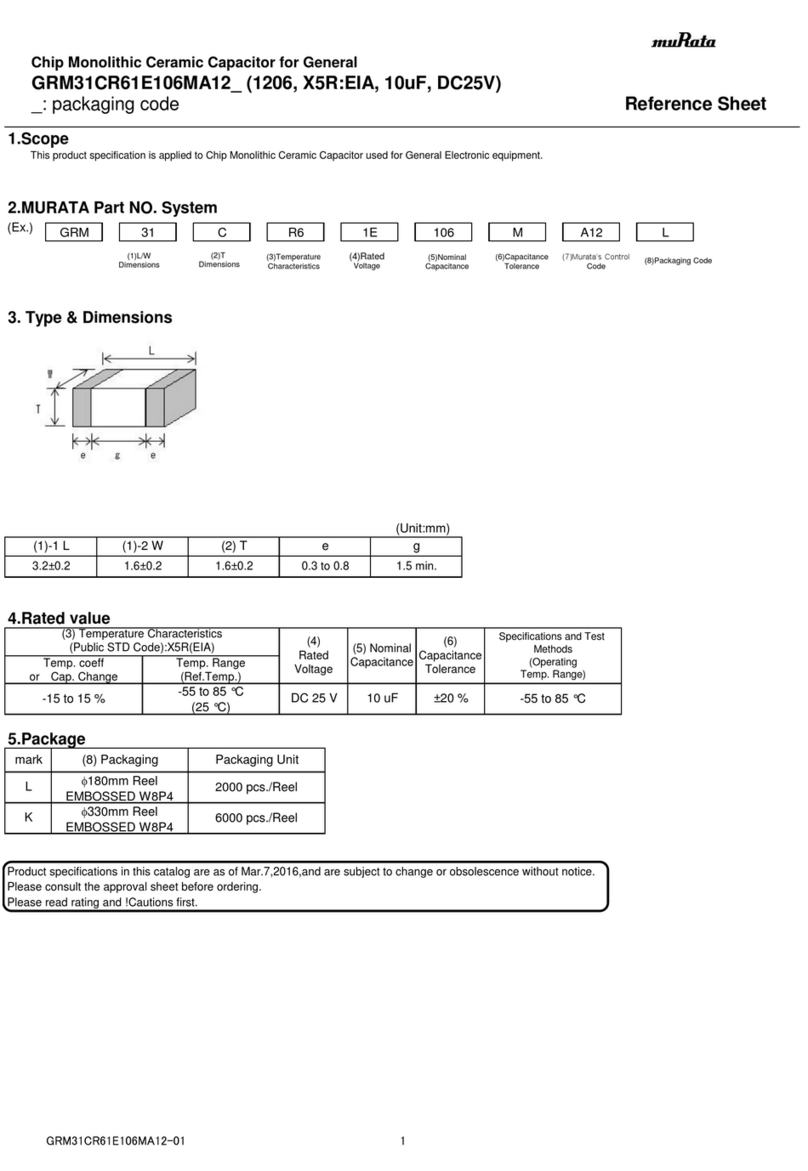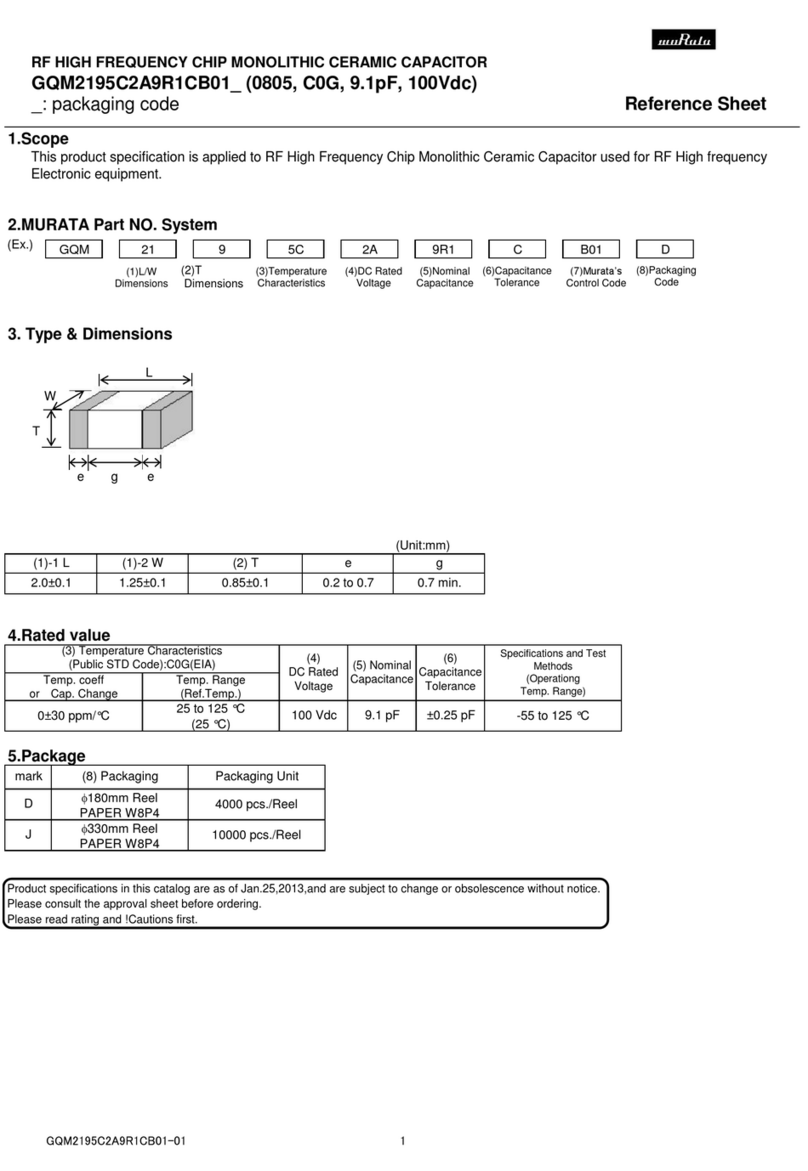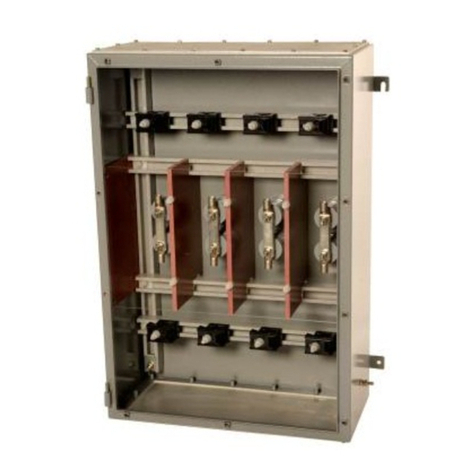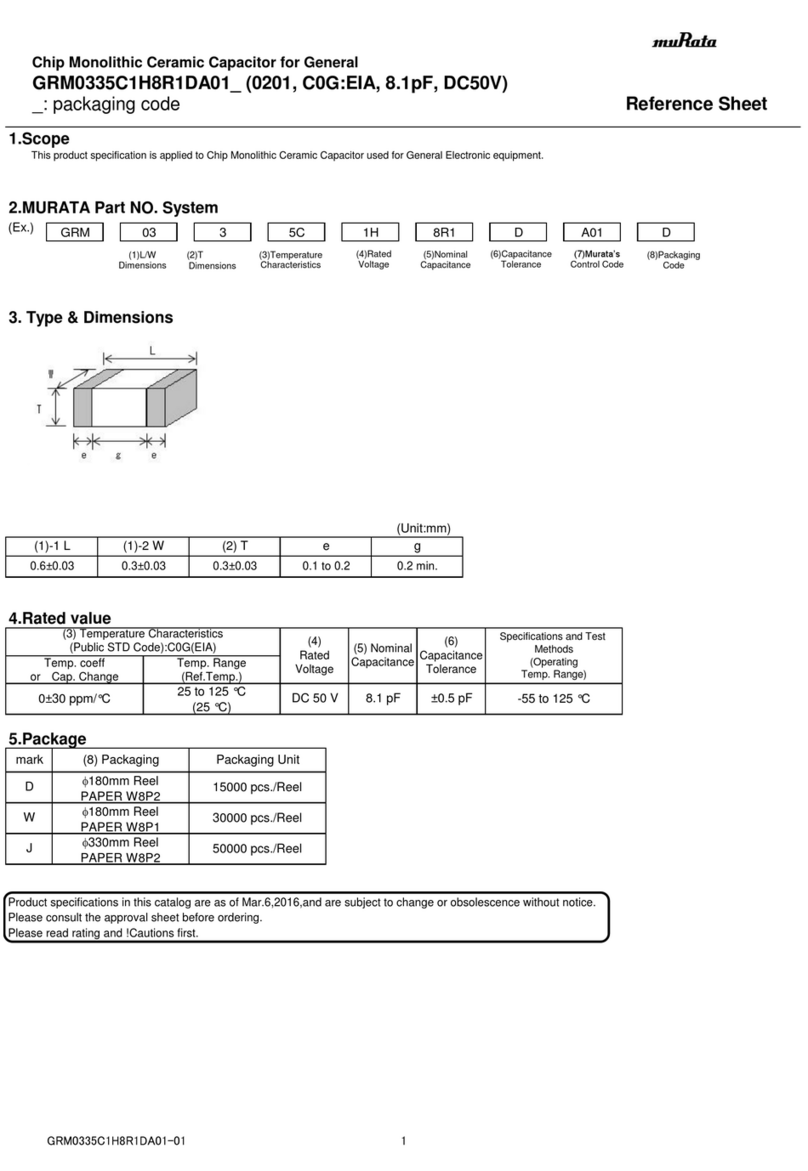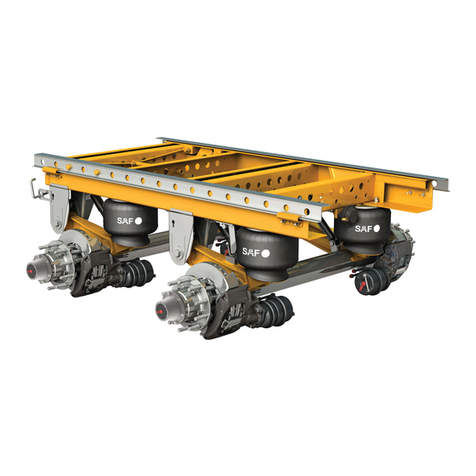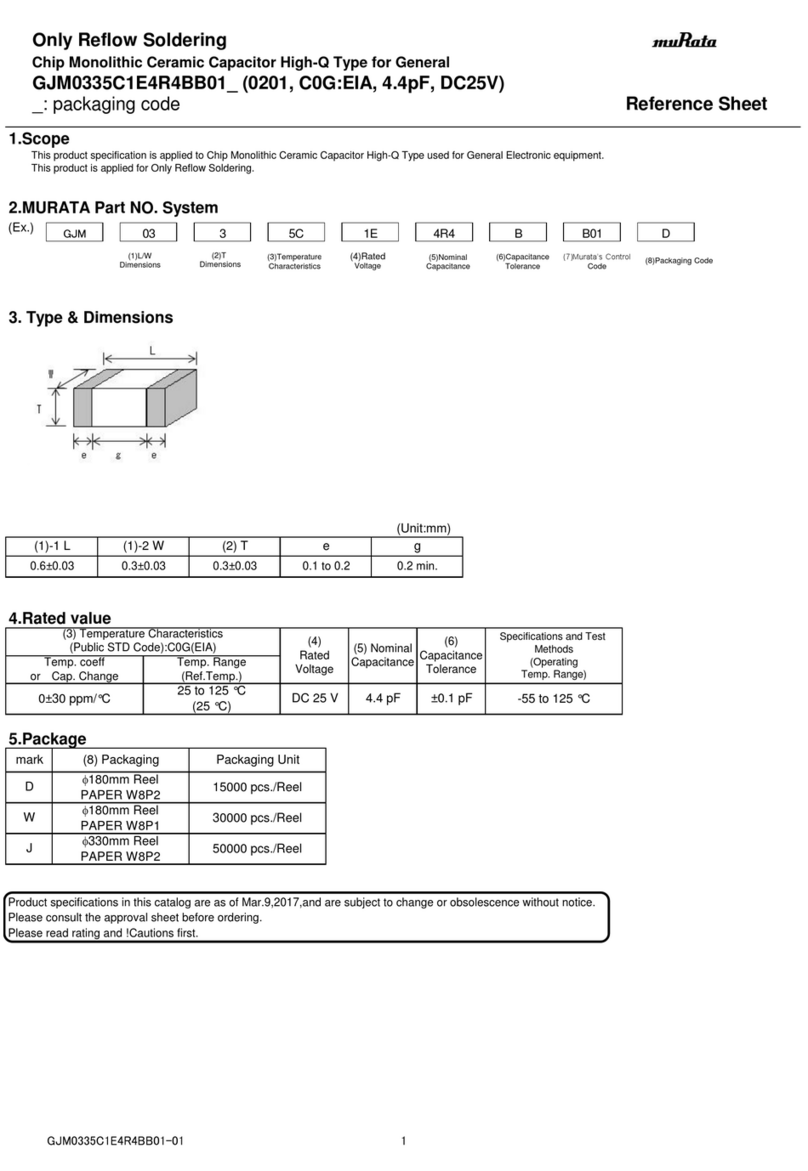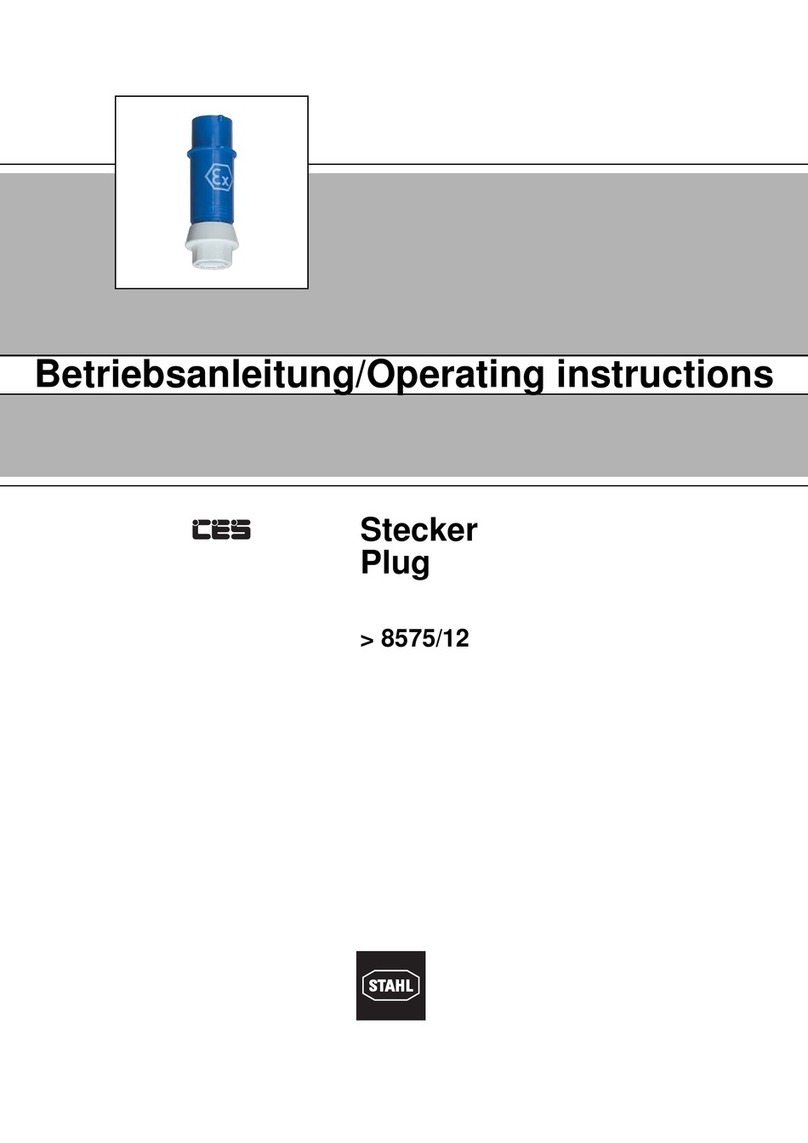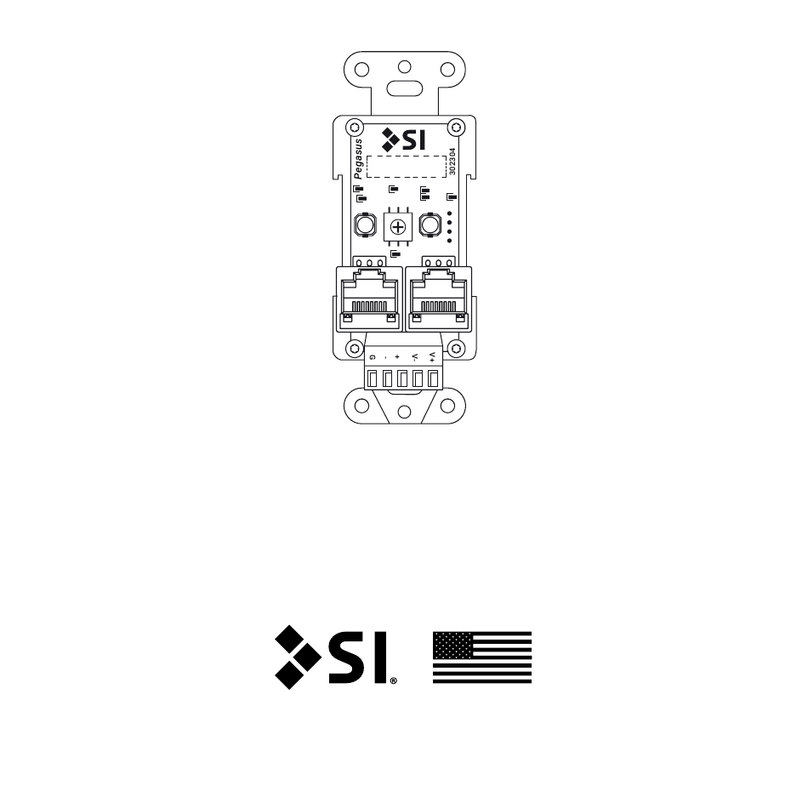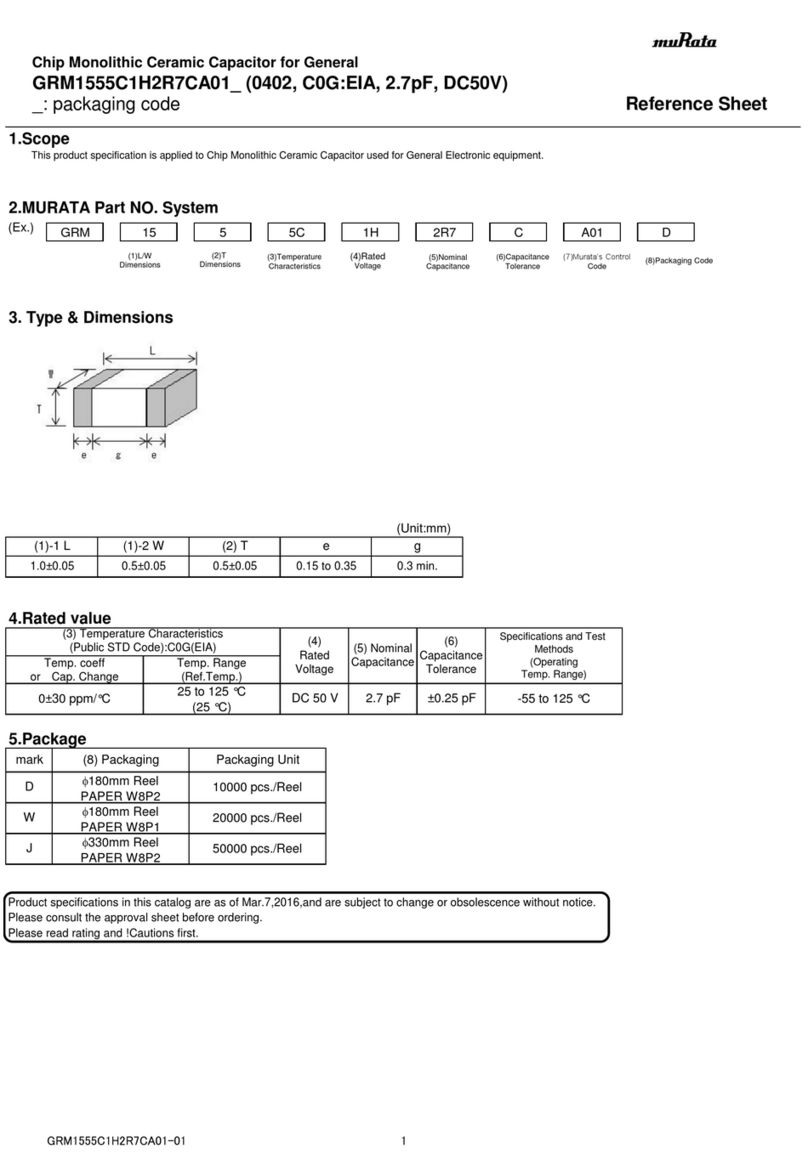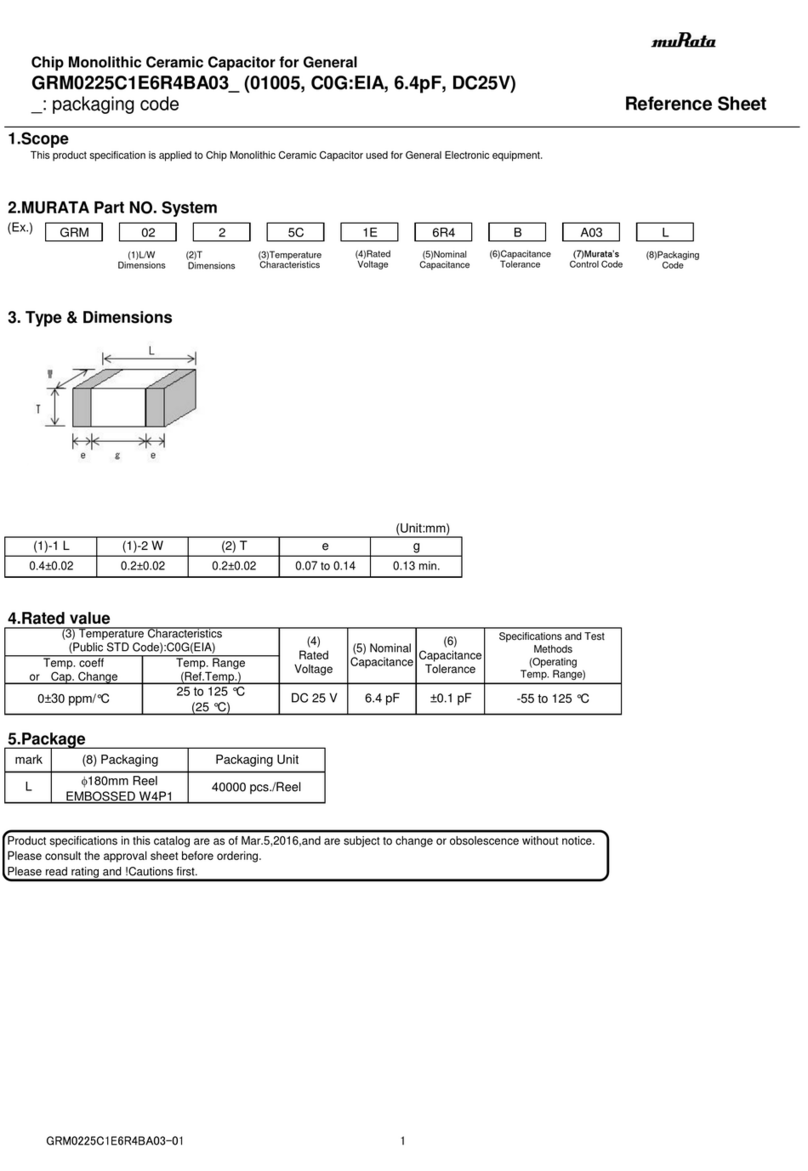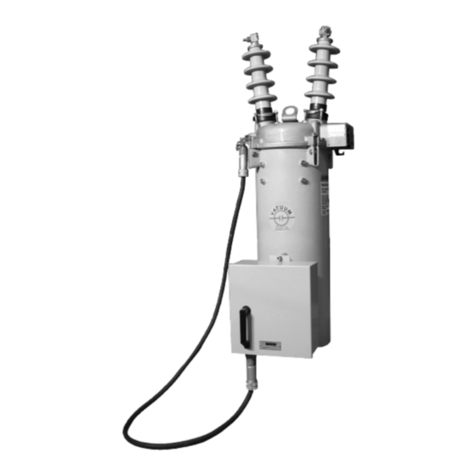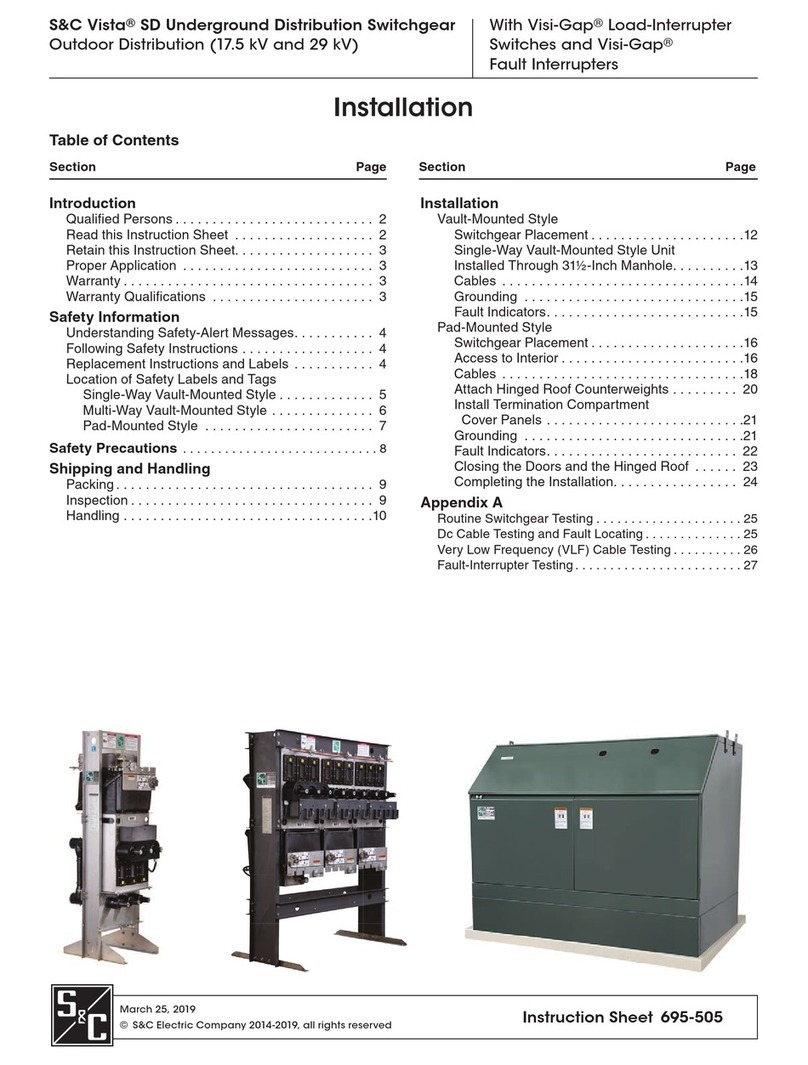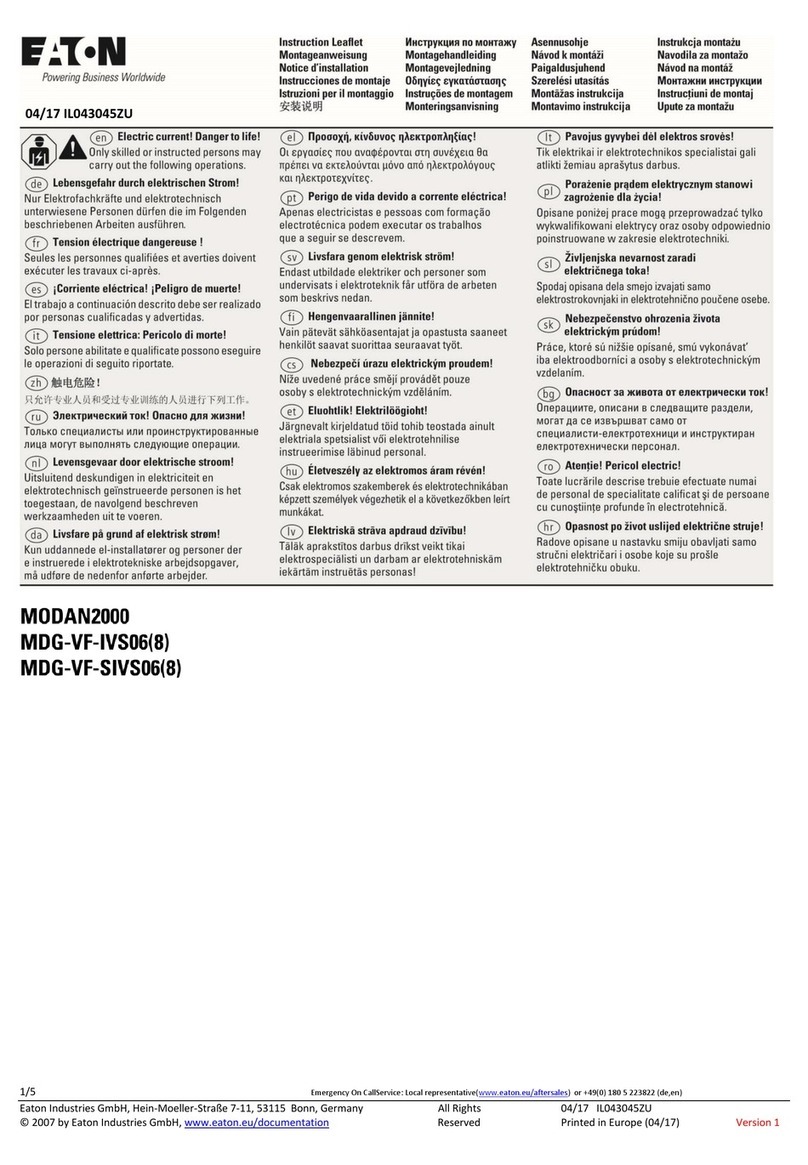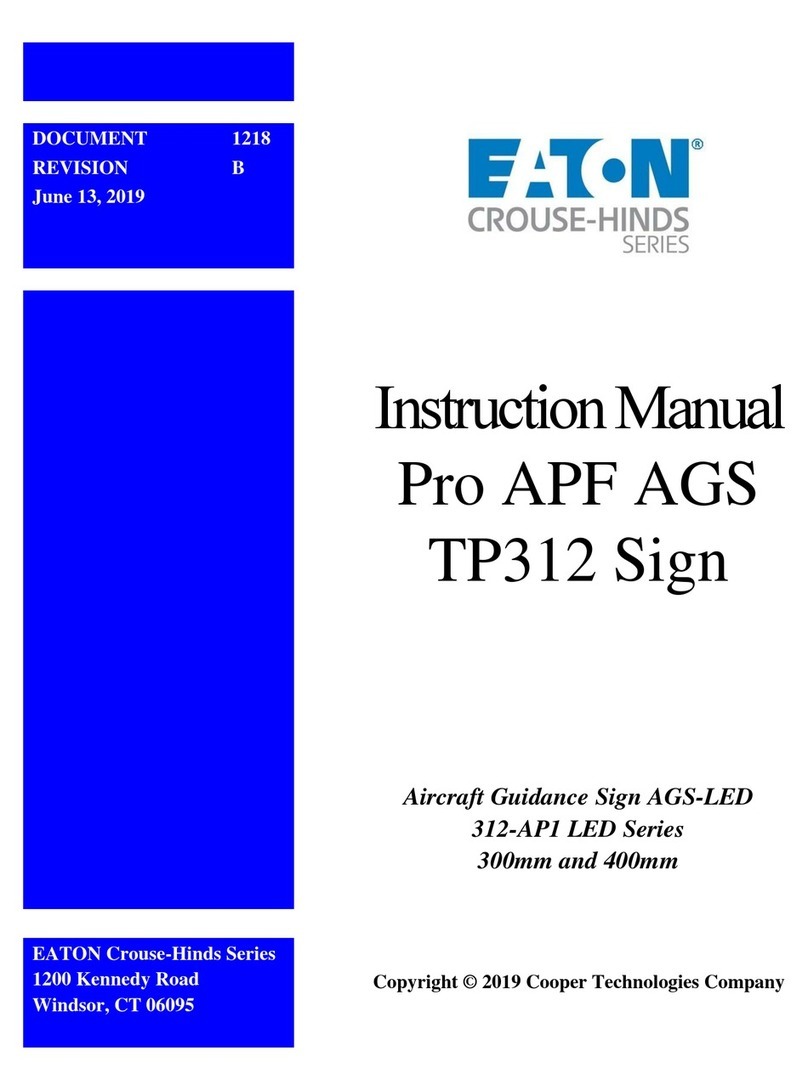
I.B. 48006
Page 6
Effective 11/97
CHECK-OUT, MECHANICAL (Continued)
If the contactor is checked in its enclosure, make certain that
the contactor coil is electrically isolated, to prevent feedback
into a control power transformer that could be hazardous.
With an extension cord and a separate power source of
correct voltage, connect power to the coil of the
contactor. Operate appropriate pushbuttons to close. If
the contactor does not close fully, refer to MAINTE-
NANCE. The contactor should automatically latch and
stay closed. Make sure that the coil-clearing contact
automatically removes control circuit voltage after the
contactor is closed, to prevent coil burnout.
While the contactor is closed, observe the overtravel gap
between the pivot plates on the crossbar and the under-
side of the lower bottle nut on each pole. This overtravel
gap should be no less than .070 inch (1.8 mm) when the
contactor is new. If less, refer to MAINTENANCE.
Note: When a contactor is latched, it has a small
amount of “free-play”to insure freedom of motion.
The armature is not sealed against the magnet as
in an electrically-held contactor. Therefore, the full
.075-inch (1.9-mm) overtravel specified for an
electrically-held contactor cannot be achieved.
While the contactor is closed, operate the manual trip
arm to assure that the unlatch mechanism functions.
Reclose the contactor, and trip it electrically using each trip
solenoid separately. Check the coil-clearing auxiliary
contact to make sure that each solenoid is de-energized
automatically after operating, to prevent solenoid coil
burnout. There should be no voltage between the terminals
of any trip solenoid coil after the contactor has been
opened. When tripped, the latch should move briskly. If it is
sluggish, adjust as explained under MAINTENANCE below.
CHECK-OUT, ELECTRICAL
Refer to the instructions for the electrically-held contactor.
MAINTENANCE
Establish a maintenance program as soon as the
contactor is installed and put into operation. After the
contactor has been inspected a number of times at
monthly intervals, and the condition noted, the frequency
of inspection can be increased or decreased to suit the
conditions found, since this will depend upon the severity
of the contactor duty. It is a matter of operator judgement.
FailureTo Latch Or Unlatch
First, establish that the latch operates freely without
mechanical interference. (The contactor can be operated
electrically with an extension cord, as described previ-
ously under CHECK-OUT, MECHANICAL.)
Remove the latch spring. Block the single or bottom (if
there are two) solenoid open temporarily with a pencil or
other shim on top of its magnet frame and underneath its
armature. Hold the contactor in the fully sealed-closed
position electrically, and manually close/open the latch using
the trip arm. The latch should move easily. If it does not
move freely, check the roller end of the latch arm to see if
the latch arm rubs against the armature. To eliminate
rubbing, loosen the two latch mounting bolts (B) (Figure 4 or
Figure 5) on the right side and move the right latch bearing
plate rearward until the latch arm clears the armature.
Retighten the mounting bolts. Re-check for free motion.
Next, hold the contactor in the fully sealed-closed position,
operate the latch with the trip arm, then release the trip
arm abruptly. The latch should fall freely into the open
position. If it doesn’t, the “free-play” clearance is insuffi-
cient. To increase the clearance on a 360A contactor,
loosen all five latch mounting bolts (A) and (B) (Figure 4)
and tap both the left and right bearing plates rearward a
few thousandths of an inch. Re-tighten the five bolts and
recheck both the free-fall release and the freedom from
rubbing between the latch arm and the armature. To
increase the clearance on a 720A contactor, loosen all four
latch mounting bolts (A) and (B) (Figure 5) and tap both
bearing plates rearward as explained above. Re-tighten
and recheck as explained above.
Re-install the latch spring. Fingers work better than a
tool. Check the overtravel of the main vacuum interrupt-
ers, since increasing “free-play”decreases overtravel.
Overtravel must not be below .020 inch (5 mm) with worn
contacts. Measure overtravel with the armature tight
against the magnet face.
Remove the blocking shim from the bottom trip solenoid.
Check that both solenoid armatures move freely.
Failure to Latch
After making adjustments as outlined in the previous
section, operate the contactor electrically. If it fails to latch:
a. Check voltage applied to the contactor coil to be sure
it is within 80% of coil rating.
b. Check setting of the Type L-63 normally-closed coil-
clearing auxiliary contact to see if it opens too soon
and does not allow the contactor to close far enough
to latch.
c. Make certain that the latch spring is properly in
place.
d. Decrease the sensitivity of the latch by loosening the
lock nut on the latch adjustment and backing-off
(unscrewing) the latch adjustment bolt one-half turn.
Try again, and if latching is not successful, back-off
another half-turn, etc., until the latch works. Re-
tighten the lock nut.
